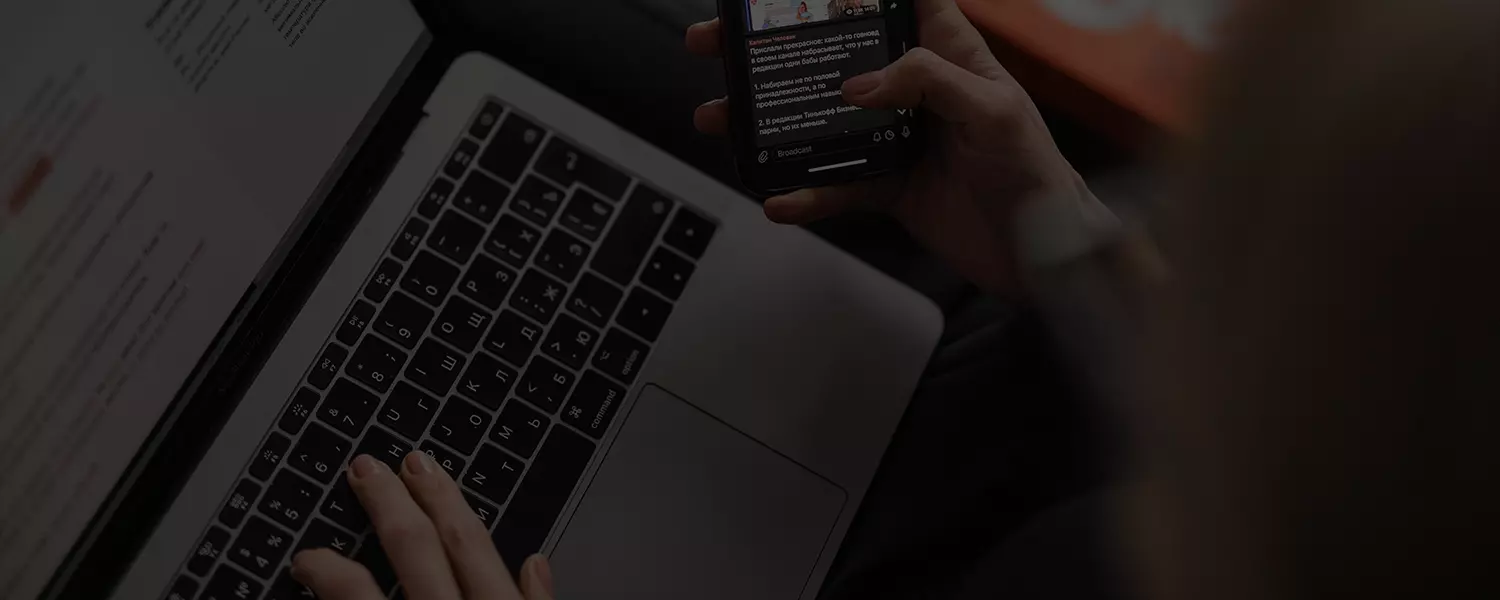
Who is at Fault in a Car Accident ?
1. Introduction
In the aftermath of a car accident, determining fault plays a crucial role in various aspects, from insurance claims to legal proceedings. Understanding who is responsible for the collision is essential for ensuring proper compensation and holding the appropriate party accountable.
This blog post aims to shed light on the process of determining fault in a car accident, emphasizing its significance and providing valuable insights for all Queensland drivers on the road.
2. Traffic Laws and Regulations
To determine fault in a car accident, it is essential to consider the traffic laws and regulations that govern the roads of Queensland. These laws serve as a framework for establishing responsibility in accidents. By examining the specific traffic laws related to the circumstances of the collision, investigators can identify violations that may have contributed to the accident and assign fault accordingly.
Common traffic violations that often lead to fault in car accidents include:
- Speeding: Exceeding the posted speed limit can significantly impact fault determination, especially if it directly contributes to the collision or limits the driver’s ability to react in time.
- Failure to give way: Failing to give way at intersections, roundabouts, or when merging can lead to severe accidents and assign fault to the driver who did not yield.
- Running red lights: Disregarding traffic signals can have catastrophic consequences and is typically viewed as a clear violation of traffic laws.
- Reckless driving: Engaging in aggressive behaviours such as tailgating, weaving through traffic, or racing can strongly influence fault determination.
- Driving under the influence: Operating a vehicle while under the influence of drugs or alcohol is illegal and means that the intoxicated driver is a hazard to the all other drivers on the road.
By understanding the traffic laws and regulations, individuals involved in car accidents can better comprehend how fault is established based on the specific circumstances of the collision.
3. Gathering Evidence at the Scene
Collecting evidence at the accident scene is crucial for accurately determining fault. When the police arrive, they will conduct their investigation and create an official police report. However, it is important for individuals involved in the accident to gather their own evidence to support their case.
Here are some key pieces of evidence to gather at the accident scene:
- Photographs: Take pictures of the accident scene, vehicle damage, skid marks, road conditions, and any other relevant details. These photographs can provide valuable visual evidence.
- Police Reports: Cooperate with the police officers and ensure that you obtain the QP number. This QP report may contain crucial information regarding fault determination.
- Witness Statements: If there are witnesses present, try to obtain their contact information and ask for their statements regarding the accident. These witness statements can help provide additional perspectives on the events leading up to the collision.
4. Why Determining Fault is Crucial
Understanding who is at fault in a car accident holds immense importance for several reasons:
- Legal Consequences: If you are determined to be at fault for the accident, you could face not only financial penalties but also potential traffic charges. Knowing your level of responsibility helps you navigate the legal process effectively.
- Protecting Yourself: If someone else is responsible for causing the accident, it is crucial to determine fault accurately to avoid further damage to yourself or others. By identifying the responsible party, you can take appropriate steps to protect your rights and interests.
- Compensation Entitlement: Knowing who is liable for the accident is essential in assessing your legal entitlement to claim compensation, especially if you have suffered injuries or property damage. Understanding fault can guide you in pursuing the appropriate legal channels to seek compensation for your losses.
5. Contributory Negligence
In some cases, fault determination in car accidents involves the concept of contributory negligence. Contributory negligence refers to situations where multiple parties share responsibility for the collision. Understanding this legal concept is crucial when it comes to determining fault accurately.
Examples of contributory negligence in car accidents include:
- Speeding: Exceeding the posted speed limit or driving too fast for the prevailing road and traffic conditions.
- Failure to wear a seatbelt or failure to wear a helmet: For personal injury claims, if you failed to wear a seatbelt in a car or a helmet if you are riding a motorbike, this would be seen as contributory negligence.
|
Mark’s story: Failure to Wear a Seatbelt |
|
| Accident Circumstances |
|
| Outcome |
|
6. Conclusion
Determining fault in a car accident is of utmost importance, impacting insurance claims, legal proceedings, and the overall resolution of the collision. By understanding the relevant traffic laws, gathering evidence at the accident scene, and comprehending the concept of contributory negligence, individuals can better navigate the aftermath of an accident and seek appropriate legal assistance for accurate fault assessment.
If you require expert guidance in determining fault in a car accident, don’t hesitate to engage the professional services of Ascent Lawyers to ensure your rights are protected and your case is handled diligently.






